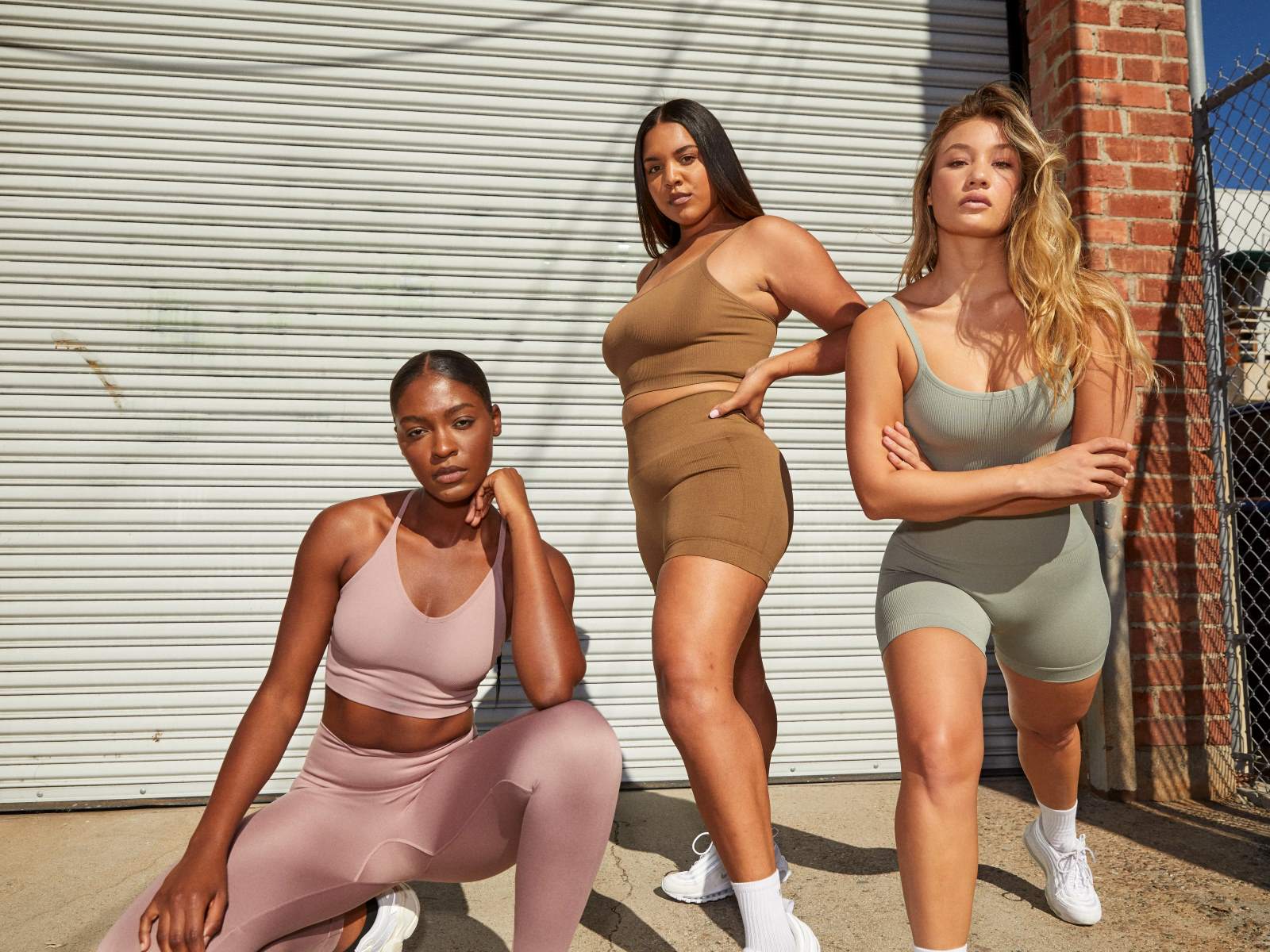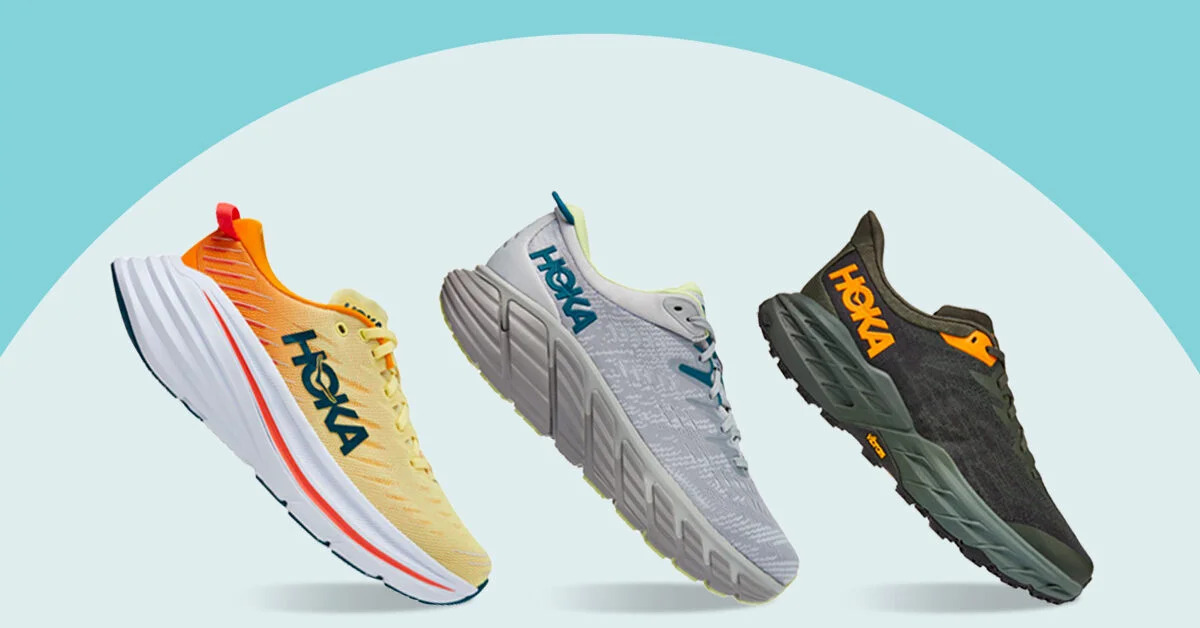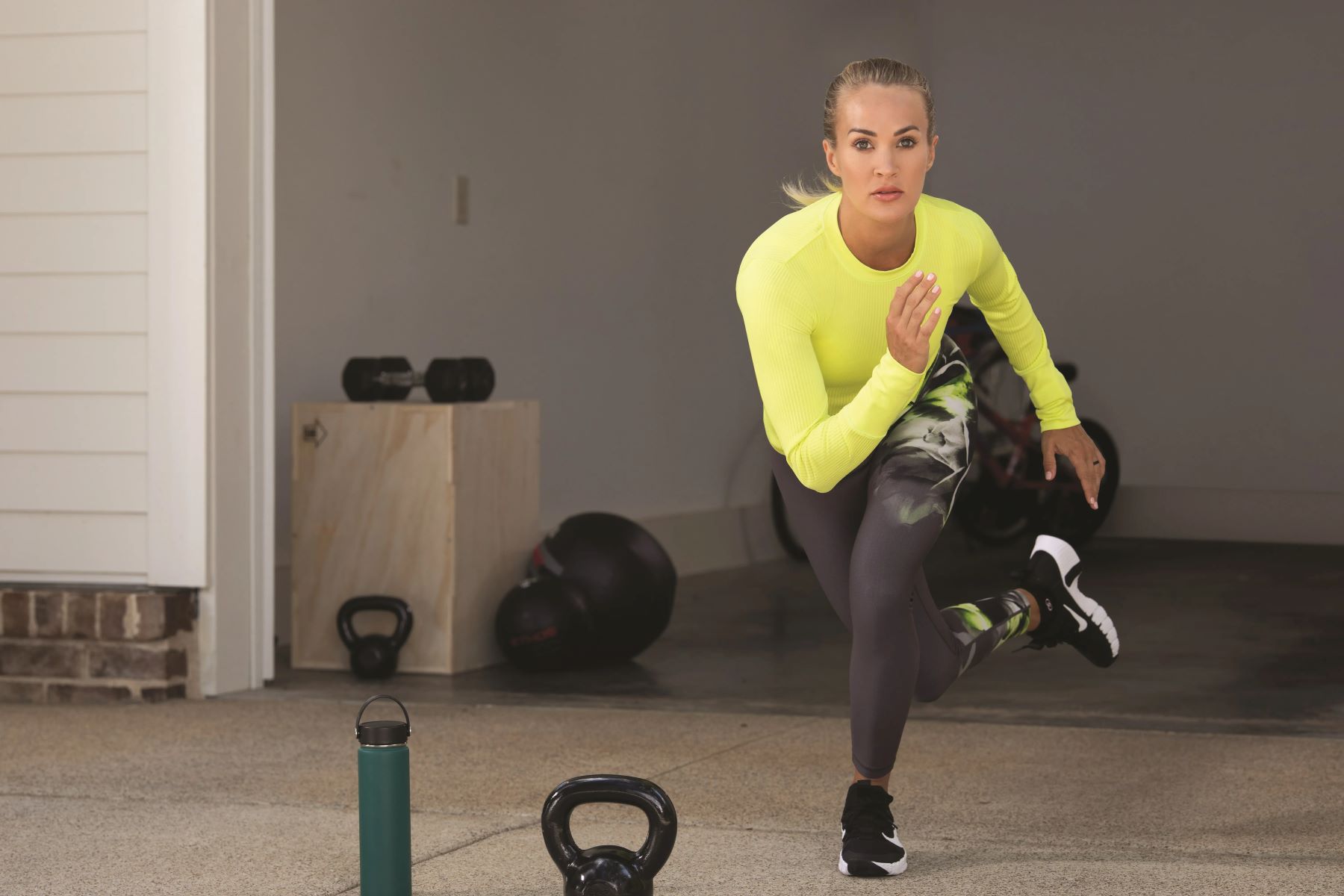Home>Misc>Featured>Which Country Exports Activewear The Most To US


Featured
Which Country Exports Activewear The Most To US
Published: August 12, 2023
Discover the leading country for activewear exports to the US. Find out the featured region that dominates the market for fashionable sportswear.
Introduction
When it comes to activewear, the United States is the hub of all things fitness and athleisure. From leggings to sports bras, active apparel has become a staple in the wardrobe of many Americans. While there are numerous domestic brands catering to this demand, the reality is that a significant portion of activewear is imported from other countries.
In this article, we will explore the top countries that export activewear to the United States. We will delve into the methodology used to determine these countries and discuss the factors that influence their exportation. Additionally, we will analyze the current import trends in the United States, shedding light on the evolving preferences of American consumers.
Understanding the countries that dominate activewear exports to the United States gives us valuable insights into the global supply chain for athletic apparel. It showcases the diverse range of manufacturing capabilities and highlights the interconnectivity of the global marketplace. By examining these trends, we can gain a better understanding of the dynamics that shape the activewear industry and the preferences of American consumers.
Now, let’s dive into the methodology behind identifying the top exporting countries.
Methodology
Determining the top exporting countries for activewear to the United States requires a comprehensive analysis of trade data and market trends. The methodology utilized for this study involved examining import records, market research reports, and industry insights.
Firstly, import data from the U.S. International Trade Commission (USITC) was analyzed. The USITC provides detailed information on the quantity, value, and origin of imported goods. By focusing specifically on the category of activewear, we were able to identify the countries that exported the largest volume of these products to the United States.
Additionally, market research reports were consulted to gain an understanding of the global market for activewear. These reports provide valuable information on consumer preferences, production capacities, and emerging trends in the industry. By cross-referencing this data with import records, we were able to identify countries that have a strong presence in the activewear market.
Furthermore, industry insights from manufacturers, retailers, and trade associations were taken into account. These insights provided a deeper understanding of the factors that influence the exportation of activewear, such as manufacturing capabilities, labor costs, and trade agreements.
It is important to note that while the methodology used for this study is robust, there may be limitations to the accuracy of the data. Trade data is subject to reporting discrepancies and classification errors, which can impact the rankings of exporting countries. Additionally, market dynamics and consumer preferences can vary over time, leading to shifts in the prominence of certain countries as key exporters.
Despite these limitations, the methodology employed provides a valuable snapshot of the current landscape of activewear exports to the United States. It allows us to identify the countries that have established themselves as major players in this market and understand the factors driving their success.
With the methodology explained, let’s take a look at the top exporting countries for activewear to the United States.
Top Exporting Countries
When it comes to activewear exports to the United States, several countries stand out as key players in the global market. These countries have solidified their positions by offering a combination of high-quality products, competitive pricing, and efficient manufacturing capabilities.
1. China: Unsurprisingly, China tops the list as the largest exporter of activewear to the United States. The country benefits from its vast manufacturing infrastructure, low labor costs, and established supply chains. Chinese manufacturers produce a wide range of activewear, including athletic apparel, shoes, and accessories, catering to different price points and market segments.
2. Vietnam: Vietnam has emerged as a significant player in the activewear market. With a skilled workforce, competitive labor costs, and favorable trade agreements, the country has attracted many global garment manufacturers. Major brands and retailers source a significant portion of their activewear products from Vietnam, benefiting from its proximity to key consumer markets and its commitment to sustainable manufacturing practices.
3. Bangladesh: Known for its competitive labor costs, Bangladesh has become a significant exporter of activewear to the United States. The country has a large textile and garment industry, supporting the production of a wide range of activewear products. While Bangladesh faces challenges such as infrastructure limitations and occupational safety concerns, it continues to attract buyers due to its cost-effective production capabilities.
4. Thailand: Thailand has established itself as a leading exporter of activewear, particularly in the sportswear segment. The country’s skilled workforce, robust infrastructure, and focus on quality production have made it an attractive sourcing destination for global brands. Thailand is known for its innovative designs, technological advancements, and commitment to sustainability in activewear manufacturing.
5. Indonesia: Indonesia has experienced steady growth in its activewear exports, fueled by its skilled workforce, competitive pricing, and strong textile industry. The country is known for producing a variety of activewear products, ranging from performance apparel to casual athleisure wear. Indonesian manufacturers have been quick to respond to evolving consumer demands, driving their success in the export market.
While these countries dominate the activewear export market, it is important to acknowledge that there are other nations, such as India, Mexico, and Cambodia, which also play significant roles in supplying activewear to the United States.
Next, we will explore the factors that influence the exportation of activewear from these countries.
Factors Influencing Exportation
The exportation of activewear from different countries is influenced by a variety of factors that contribute to their competitive advantage in the global market. Understanding these factors can help us decipher why certain countries have become prominent exporters of activewear to the United States.
1. Manufacturing Capabilities: Countries with advanced manufacturing capabilities have a clear advantage in the activewear export market. They possess the infrastructure, technology, and expertise to produce high-quality products at scale. These capabilities include textile production, garment manufacturing, and specialized machinery for activewear production. China, for example, has a well-established manufacturing infrastructure that allows for efficient and cost-effective production.
2. Labor Costs: The cost of labor plays a significant role in determining a country’s competitiveness in the activewear export market. Countries with low labor costs, such as China, Vietnam, and Bangladesh, have attracted manufacturers seeking to reduce production expenses. Cheaper labor allows for more competitive pricing, which is advantageous for brands and retailers looking to offer affordable activewear to consumers.
3. Trade Agreements: The existence of favorable trade agreements can significantly impact a country’s export capabilities. Free trade agreements, such as the ASEAN Free Trade Area and the North American Free Trade Agreement (NAFTA), have facilitated the movement of goods between countries, reducing trade barriers and allowing for easier access to the U.S. market. Vietnam, for instance, benefits from its membership in the Comprehensive and Progressive Agreement for Trans-Pacific Partnership (CPTPP), which grants it preferential tariffs when exporting to the U.S. and other member countries.
4. Proximity to Consumer Markets: Countries that are geographically close to the United States can benefit from shorter supply chains and reduced transportation costs. This enables faster delivery times and quicker response to changing consumer demands. Mexico, for example, has a distinct advantage due to its proximity to the U.S., allowing for efficient and timely delivery of activewear products.
5. Quality and Innovation: The ability to produce high-quality activewear products and stay abreast of market trends and innovations is crucial for export success. Manufacturers that focus on research and development, design, and technological advancements can differentiate themselves in the competitive activewear market. Thailand and Indonesia, for instance, have gained recognition for their commitment to quality production and innovative designs, attracting leading brands and retailers.
While these factors contribute to the export success of certain countries, it is important to note that each country’s strengths and advantages may vary. Additionally, factors such as political stability, infrastructure development, and sustainability practices also play a role in shaping a country’s position in the activewear export market.
Now, let’s take a closer look at the current import trends in the United States to gain further insights into the preferences of American consumers.
US Import Trends
The import trends in the United States reflect the evolving preferences and demands of American consumers when it comes to activewear. Analyzing these trends provides valuable insights into the types of products that are in high demand and the countries that are meeting this demand effectively.
1. Rise of Athleisure: The growing popularity of the athleisure trend has significantly impacted import trends in the United States. Athleisure refers to activewear that is not only functional for exercise but also stylish and suitable for everyday wear. This trend has resulted in an increased demand for comfortable and fashionable activewear that can seamlessly transition from the gym to daily activities.
2. Sustainable and Ethical Activewear: American consumers are becoming more conscious of the environmental and ethical aspects of the products they purchase. This has led to an increased demand for activewear made from sustainable materials and produced under fair labor practices. Manufacturers that prioritize sustainability and transparency in their supply chain are gaining traction in the U.S. market.
3. Customization and Personalization: Personalization has become a key trend in the activewear industry. Consumers are seeking unique and customized products that align with their individual preferences and styles. This has led to the rise of customization options, such as customizable colors, prints, and fits. Manufacturers that offer personalized activewear options have gained a competitive edge in the U.S. market.
4. Technology and Performance Features: The integration of technology and performance features in activewear has also influenced import trends in the United States. Consumers are looking for activewear that offers moisture-wicking, quick-drying, and temperature-regulating properties. Additionally, wearable technology, such as smart fabrics and fitness trackers, has gained popularity among fitness enthusiasts, further driving import trends in this category.
In terms of country-specific import trends, while China remains the dominant exporter of activewear to the United States, there has been a noticeable shift in recent years. The rising labor costs in China, coupled with the ongoing trade tensions between the two countries, have led many brands and retailers to diversify their sourcing strategies.
Countries such as Vietnam, Bangladesh, and Indonesia have seen increased import demands as they offer competitive pricing, a diverse range of product options, and a focus on sustainability. These countries have also made efforts to improve their manufacturing capabilities and adhere to international labor and environmental standards.
Furthermore, Mexico has become an attractive sourcing destination due to its close proximity to the United States. This provides faster shipping times and ease of collaboration between manufacturers and brands. Mexico’s trade agreements, such as the United States-Mexico-Canada Agreement (USMCA), have also facilitated trade between the two nations.
Overall, the US import trends in the activewear sector reflect the changing preferences and values of American consumers. Brands and manufacturers that align with these trends, prioritize sustainability, customization, and technological advancements, and adapt to evolving consumer demands will likely remain competitive in the U.S. market.
Now, let’s summarize the key findings of this article.
Conclusion
Understanding the top exporting countries and import trends in the activewear industry provides valuable insights into the global supply chain and the preferences of American consumers. China has emerged as the largest exporter of activewear to the United States, leveraging its manufacturing capabilities and competitive pricing. However, countries like Vietnam, Bangladesh, Thailand, Indonesia, and Mexico are gaining prominence due to factors such as low labor costs, favorable trade agreements, proximity to consumer markets, and a focus on quality and sustainability.
Import trends in the United States reflect the growing demand for athleisure, sustainable and ethical activewear, customization and personalization, and technology-driven performance features. American consumers seek activewear that seamlessly combines style, function, and innovation. By staying attuned to these trends, manufacturers and brands can cater to the evolving preferences of consumers and establish themselves in the competitive activewear market.
While this article has provided a snapshot of the current landscape of activewear exports to the United States, it is important to recognize that the industry is dynamic and subject to change. Factors such as geopolitical shifts, economic developments, and evolving consumer behavior can impact the prominence of exporting countries in the future.
By keeping a keen eye on market trends, investing in research and development, and maintaining strong partnerships within the global supply chain, both exporting countries and importers can navigate the ever-changing landscape of the activewear industry. In doing so, they can capitalize on emerging opportunities and cater to the evolving demands of consumers in the United States and beyond.






